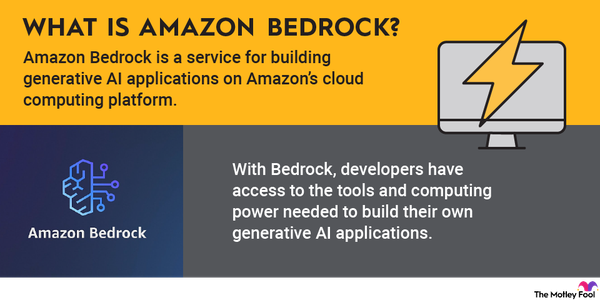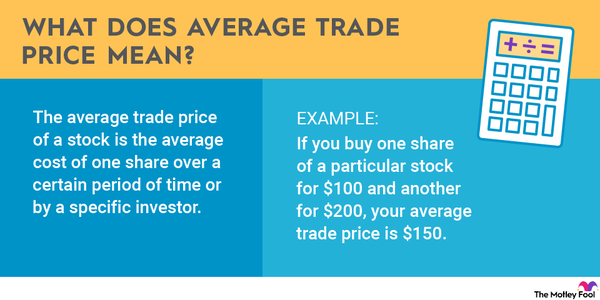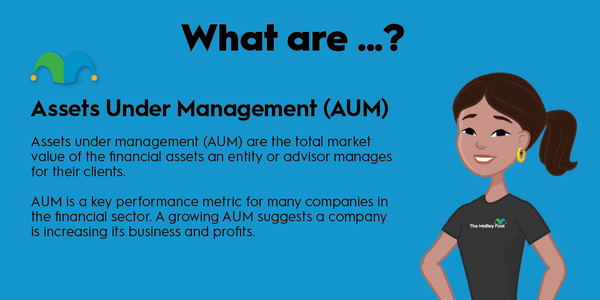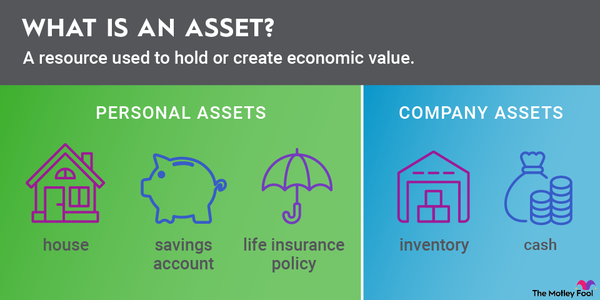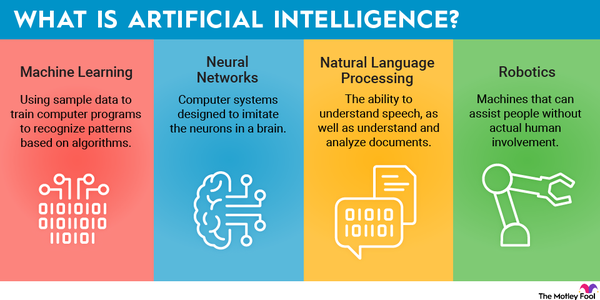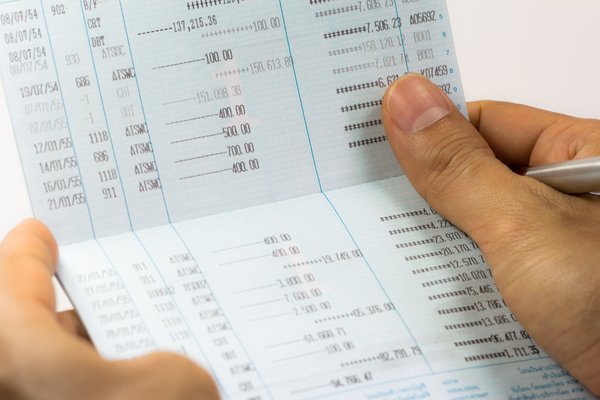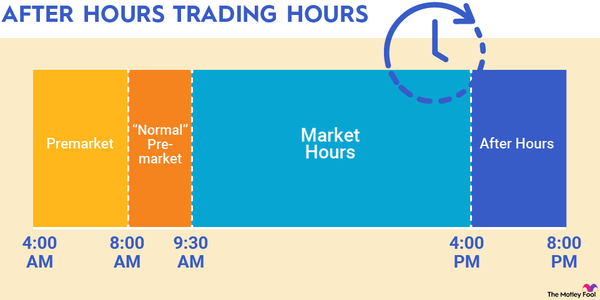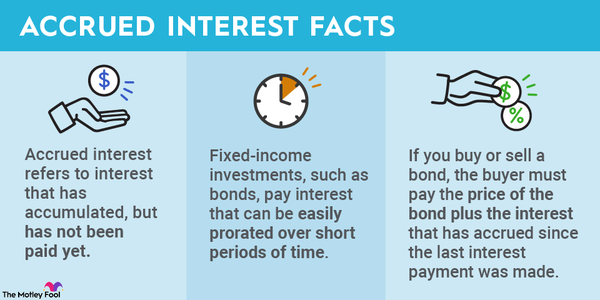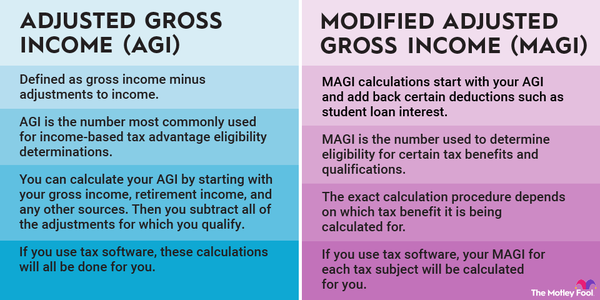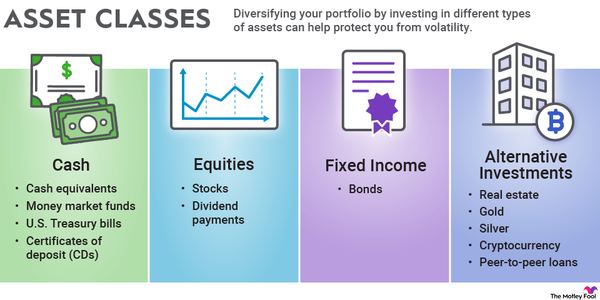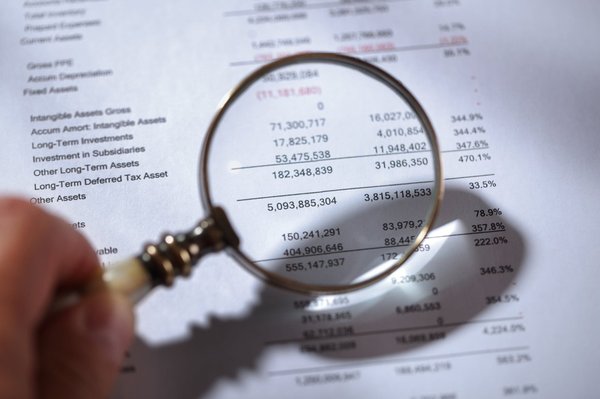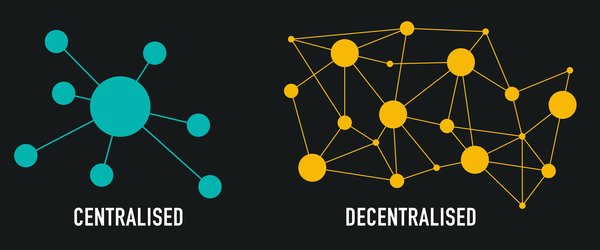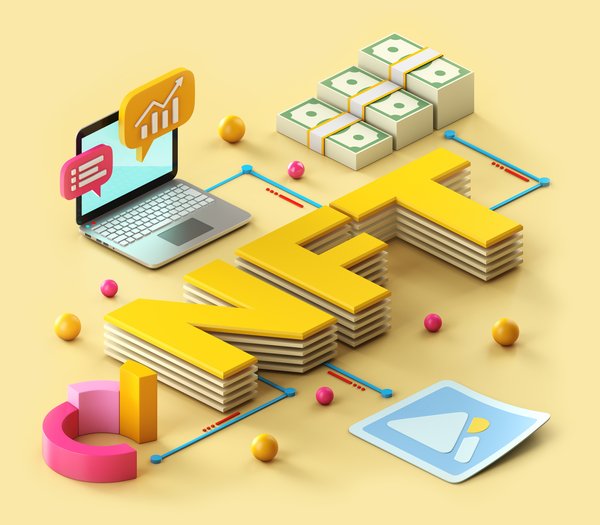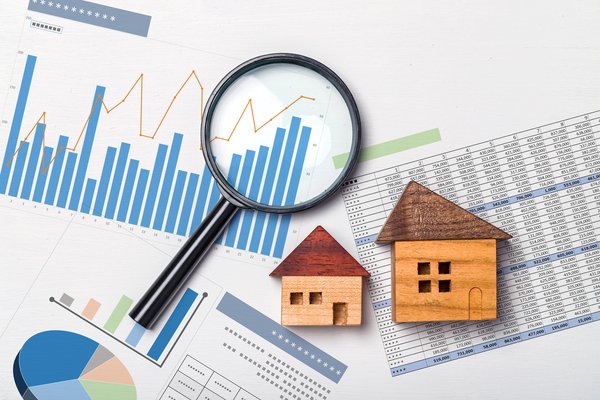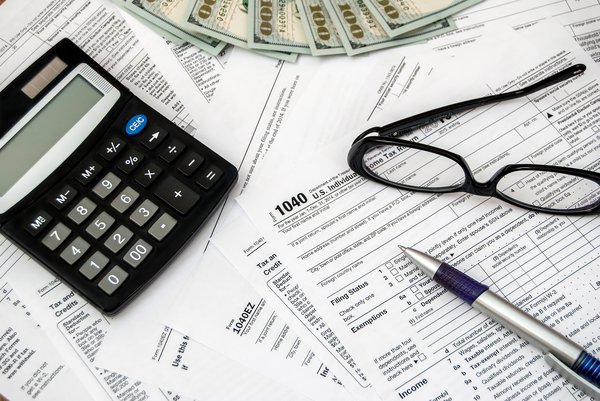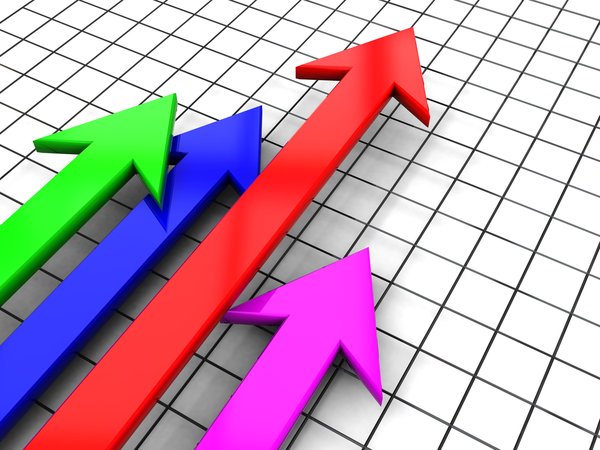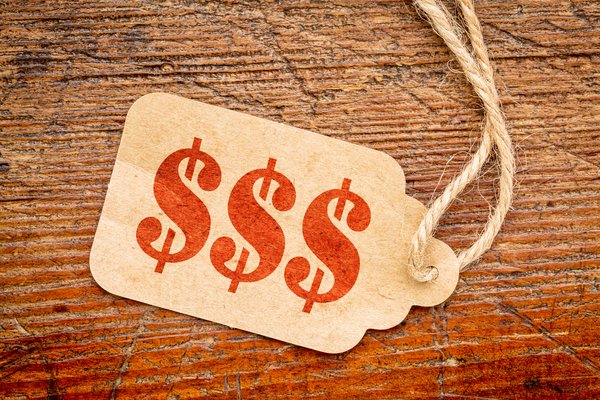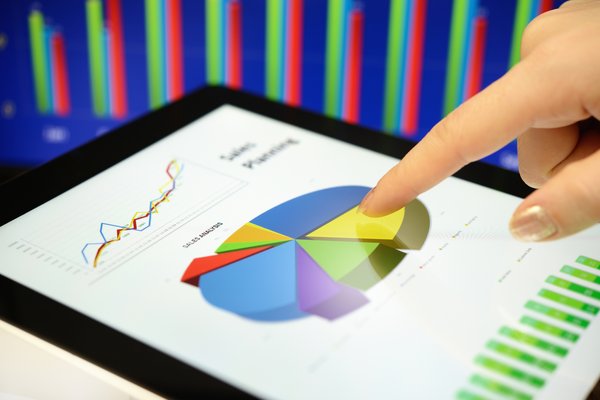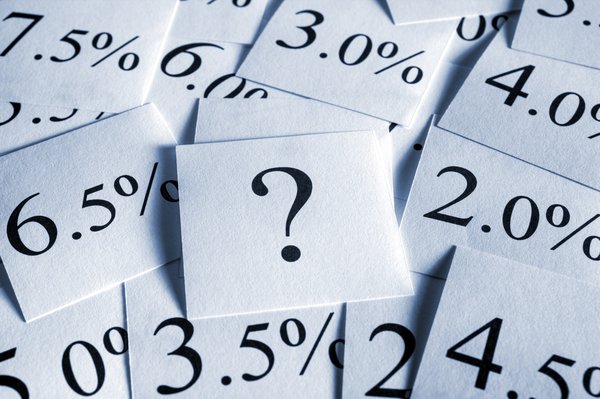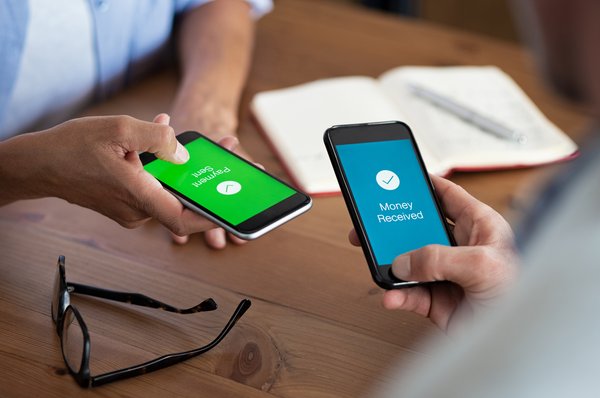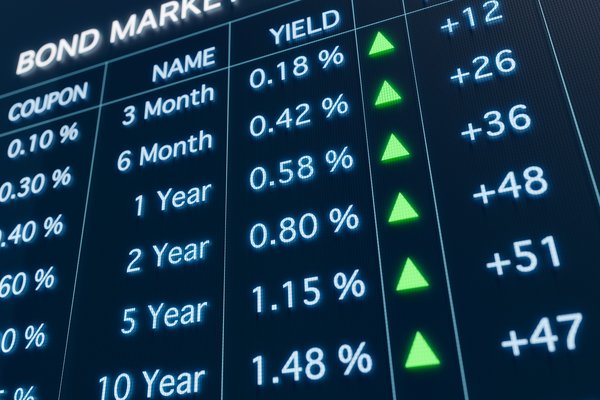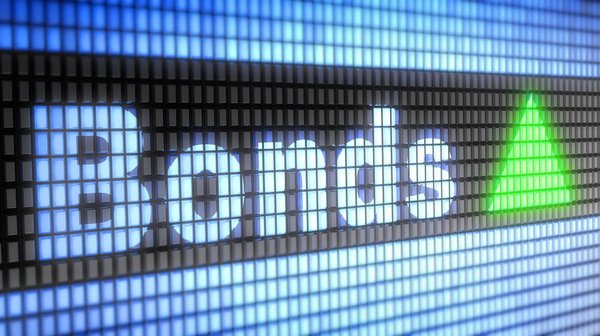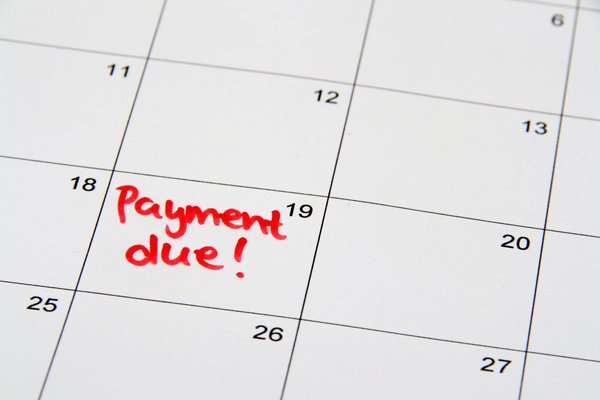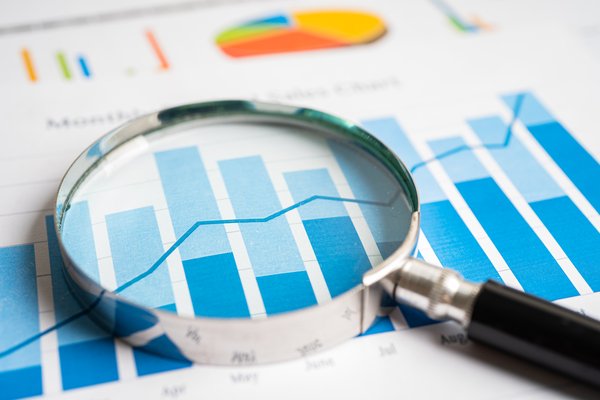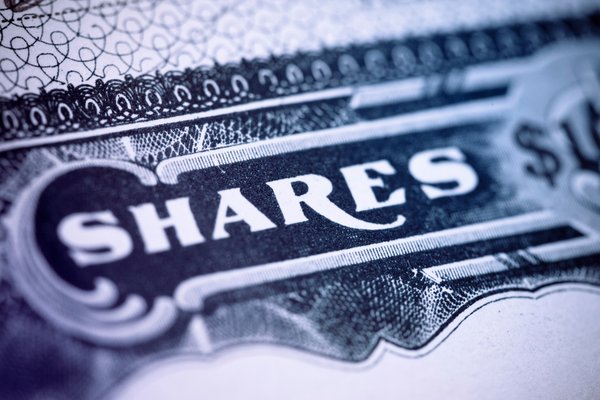If you've ever sent or received a domestic electronic payment or even written a check in the 21st century, you've had a brush with the Automated Clearing House (ACH). It's there to help facilitate payments, but it has been delivering payment innovations for decades.

What is the ACH?
What is the ACH?
When you make an electronic payment, receive a direct deposit, or even write a check, the money that moves from one bank account to another must be handled by someone. That someone is the ACH Network -- comprised of the ACH and the Federal Reserve -- which is regulated by the National Automated Clearinghouse Association, also known as Nacha.
Federal Reserve
The ACH processes all types of domestic payments, including direct deposits, direct debit payments (e.g., bill pay through your bank), e-commerce payments, and other non-immediate transfers of funds between domestic bank accounts. Checks are also processed through the ACH, although they are treated like any other electronic payment these days.
How does it work?
How does the ACH work?
When you make a payment using a debit card, for example, you originate a direct payment transaction via the ACH. Your bank creates a debit transaction on your behalf intended to go to the bank of the company you’re paying. It then batches it with other payments and sends them out via the network several times a day.
The receiving banking institution then checks the transaction and attempts to debit it from your account using a credit transaction (a credit relative to the receiving bank). It has until the end of the following business day to do this and notify the originating bank (your bank) if there is a problem. If the receiving institution doesn’t communicate that there’s an issue by the morning of the third business day, it’s assumed that the transaction cleared.
Types of ACH transactions
Types of ACH transactions
Although the way ACH transactions are described above was the standard for decades -- and essentially remains how they work now -- there have been different speeds of ACH transactions since 2017. The old-fashioned way of sending a transaction and waiting days for a response is known as a next-day ACH and is why many transactions can still take up to four business days.
However, with smaller domestic payments, your bank may be able to send the transactions as a same-day ACH rather than next-day ACH, bypassing the multiday wait requirements. Same-day ACH is fairly new, having only started in 2017. Any transactions less than $100,000 may be eligible for same-day ACH, but your bank may have other fees or rules.
It’s important to note that these types of ACH transactions also occur within banks but do not require the sending and receiving institutions to communicate in the same way since only one bank is involved.
Related investing topics
A brief history of Nacha and the ACH
A brief history of Nacha and the ACH
According to Nacha, the ACH network started in response to the growing number of paper checks being issued and, subsequently, processed through banks, leading to the 1968 formation of the Special Committee on Paperless Entries (SCOPE). At the same time, the American Bankers Association was looking for ways to improve the payment system in the United States.
These two independent developments eventually collided, forming the first regional ACH in California in 1972. By 1974, there were enough regional ACH networks that a larger entity was required to administer the whole thing, leading to the creation of Nacha.
Since then, Nacha has been developing ways to improve the payment systems in the United States so that payments move faster and more reliably among banks and ACH operators. Nacha was responsible for digitizing checks so they could be processed more efficiently and implementing same-day ACH to enable payments to clear much more quickly.











